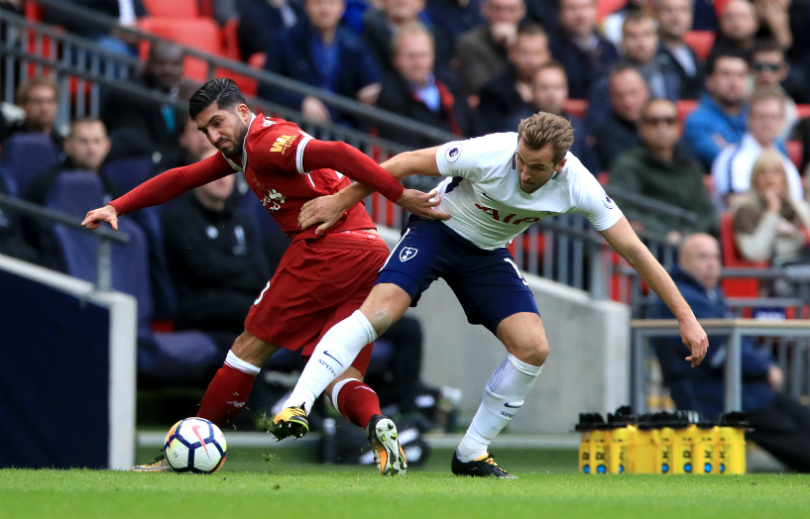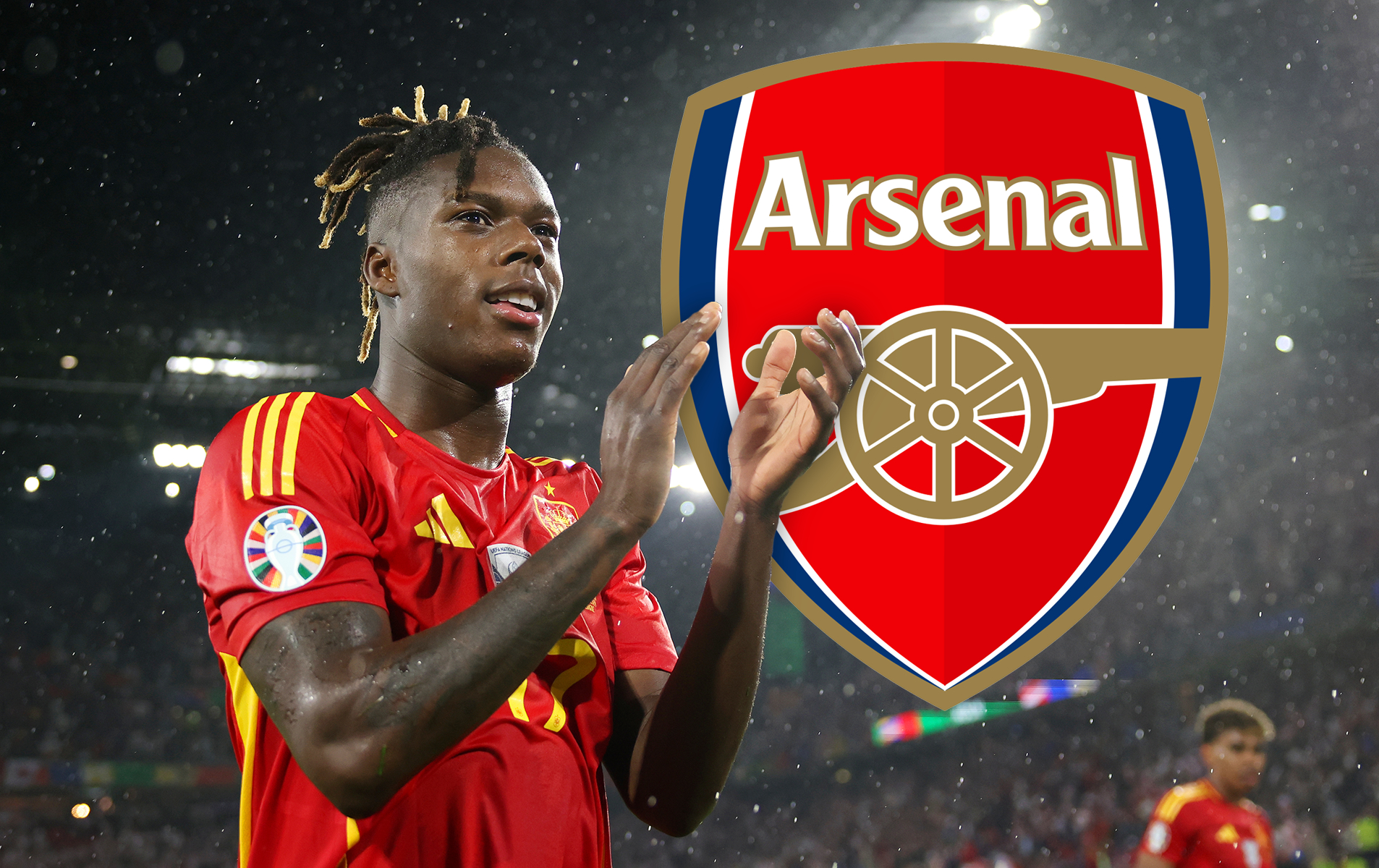How to defend from the front
Force the opposition in to conceding possession by pressing from the front with tactical tips from Stuart Pearce

“Without the ball,” Pep Guardiola said after the 2009 Champions League final, which his Barcelona side won after defeating Manchester United 2-0, “We are a disastrous team, a horrible team, so we need the ball."
How do the Spanish giants get it back? By applying an unrelenting, high energy pressing game from back to front.
Their forwards, primarily tasked with creating and scoring, are as central to this game plan as any defensive player on the pitch.
It is their job to win the ball back as high up the pitch as possible, gaining possession in dangerous areas where the opposition are most vulnerable.
Under intense pressure the opposition buckle, either giving the ball way with misplaced passes or by hoofing it forward, gifting it right back to Barcelona.
It’s a blueprint that teams across the world try to replicate, including Stuart Pearce’s England under-21 team.
In this video the former Nottingham Forest captain explains the tactics behind the pressing game and how he instructs his players to defend from the front.
Fancy learning? Hit play and listen carefully.
Pearce was talking at an event for Vauxhall, the England sponsor. Keep up to date with news and comps at vauxhallfootball.co.uk, @VauxhallEngland andfacebook.com/VauxhallEngland
For more football tips see:
How to make the opposition play the long ball game
Dion Dublin: Defending from the front
Chris Hughton: Stop the opposition's passing game
"Quite often, what I do with the under-21s. If their goalkeeper has the ball at this end and he’s looking to play out from the back, we allow them to play.
Their centre-halves will split, we allow them to play out. Then the information that we give this fella is: get between them and make sure there’s no pass across this side of the pitch.
So all you’re doing then is, when the ball’s in the goalkeeper’s hands or feet, he’s got the whole pitch to play with, so you’re defending as an 11 on the whole pitch.
As soon as he plays the ball, that way, or that way, what we are saying to him, can you halve the pitch for us now? So, all of a sudden, if he gets in that position, we’re saying to that fella: right, the only pass you’ve got is in that half of the pitch now.
Once you know that, all of a sudden, your team can afford to leave this one, leave this one, leave the wide-midfield player and come and play inside him.
All of a sudden, your defenders know full well that ball can only come, on half of the width of the pitch. So you start squeezing across and condensing it.
If that ball then moves from him, to him, he starts squeezing him and then that line moves to there. Now, all of a sudden, you’ve halved the pitch, then you’ve halved it again when that ball’s moved.
As long as they’re nice and bright, the angle of these runs is vitally important, you start halving the pitch and then eventually it has to be a straight ball.
Now, if they turn and come out and go back to goalie. Fine, you recover shape. You stay. He comes out this side then to his fellow centre-half and comes and gets the ball there.
Once again, it’s recovered to a neutral shape, then he drives him once again. One run for the centre forward and the pitch we’ve halved is that side then.
It’s a straight ball and you condense and what you hope to do is get superior numbers on whatever side of the pitch you’ve decided to show them.”
Get FourFourTwo Newsletter
The best features, fun and footballing quizzes, straight to your inbox every week.
